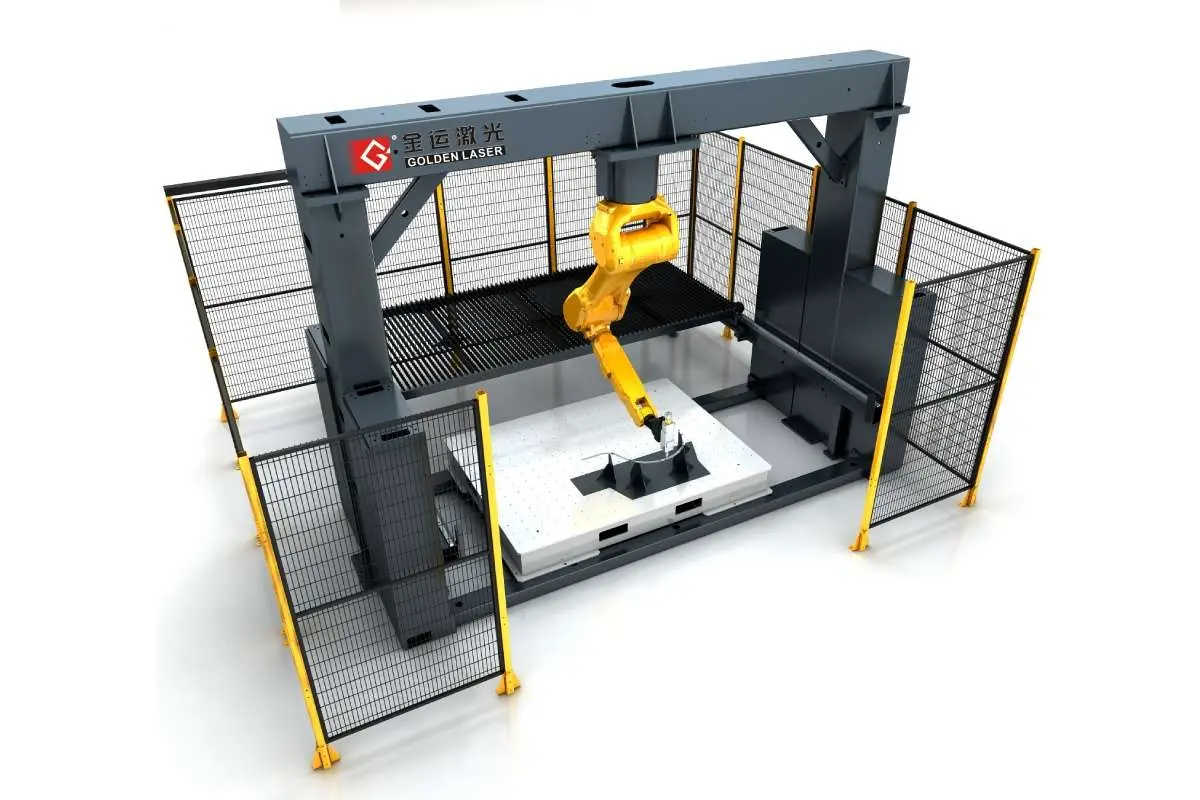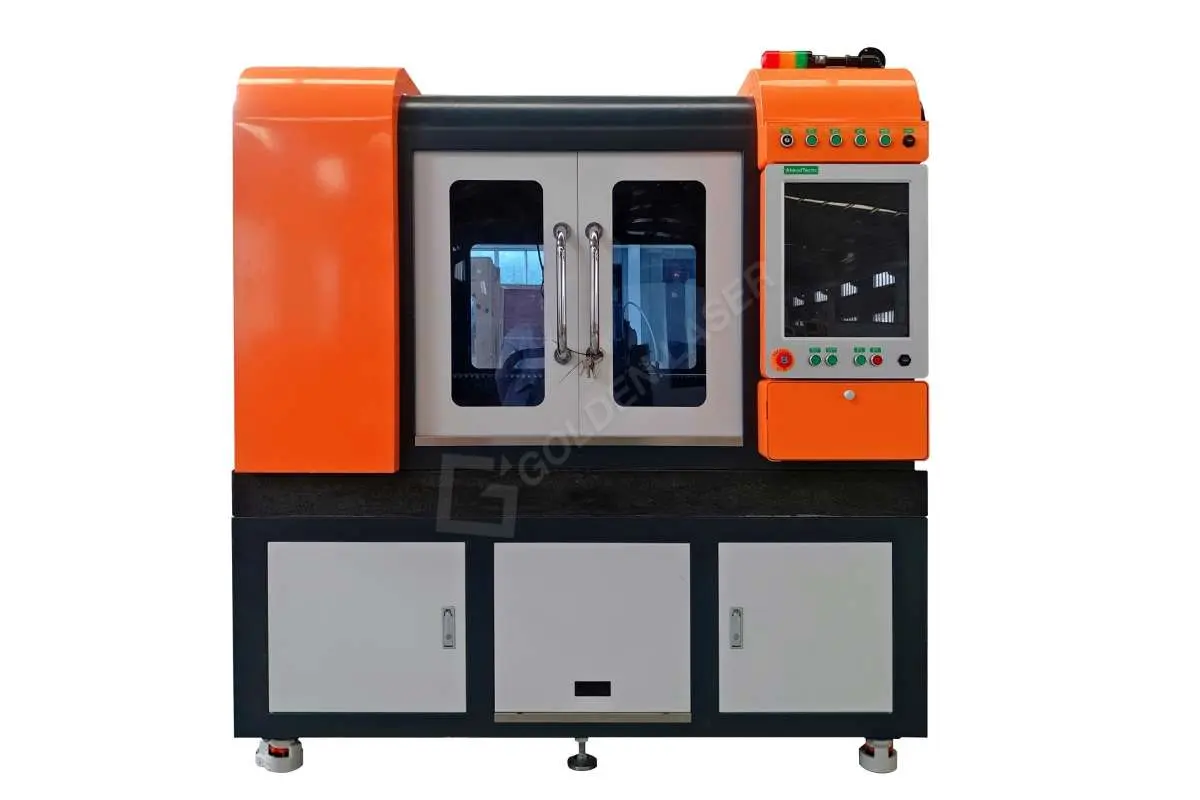****

Exploring the Advantages and Applications of Automatic Metal Laser Cutting Machines in Modern Manufacturing Processes
In today’s fast-paced industrial landscape, the demand for precision, efficiency, and quality in manufacturing processes has never been greater. One of the technological innovations that have revolutionized this sector is the Automatic Metal Laser Cutting Machine. These advanced cutting systems utilize laser technology to cut and shape various types of metal with unparalleled accuracy and speed. In this article, we will delve into the intricate workings of these machines, their advantages, and the diverse applications they serve in contemporary manufacturing.
**Understanding Automatic Metal Laser Cutting Machines**
Automatic Metal Laser Cutting Machines are equipped with high-powered lasers that can effortlessly cut through various types of metals, including stainless steel, aluminum, brass, and mild steel. Unlike traditional cutting methods, such as plasma cutting or mechanical sawing, laser cutting is a non-contact process, which means it doesn’t exert any physical force on the material being cut. This leads to a reduction in wear and tear on the machinery and eliminates the risk of distortion in the metal due to heat or pressure.
The fundamental operation of these machines involves the generation of a focused beam of light. The laser beam is directed onto the metal surface, where it melts, ignites, or vaporizes the material, allowing for precise cuts. Additionally, sophisticated computer software and controllers guide the laser to follow complex patterns and shapes, which significantly enhances production capabilities.
**Advantages of Automatic Metal Laser Cutting Machines**
1. **Precision and Accuracy**: One of the paramount advantages of Automatic Metal Laser Cutting Machines is their exceptional precision. Laser cutting can achieve tolerances as tight as ±0.1 mm, enabling manufacturers to produce intricate designs and components without compromising quality. This high level of accuracy is crucial in industries such as aerospace and automotive, where precision is vital.
2. **Speed**: These machines can operate at high speeds, drastically reducing the time required for cutting and shaping metal components. With the ability to perform multiple cuts in rapid succession, they significantly enhance productivity on the shop floor.
3. **Versatility**: Automatic Metal Laser Cutting Machines can handle a wide range of metals and thicknesses, making them suitable for various applications. Whether it’s thin sheets of aluminum or thick plates of stainless steel, these machines can adapt to different materials and requirements.
4. **Minimal Material Waste**: Laser cutting is known for its narrow kerf width, meaning that the cut itself takes up very little material. This characteristic results in lower material waste and increased cost savings.

Exploring the Advantages and Applications of Automatic Metal Laser Cutting Machines in Modern Manufacturing Processes
5. **Reduced Heat Affected Zone (HAZ)**: The precision of laser cutting allows for a minimal heat-affected zone, reducing distortion and thermal stress on the surrounding material. This is particularly important for maintaining the structural integrity of sensitive components.
6. **Automation and Efficiency**: With advancements in technology, many of these machines come equipped with automated features, including loading and unloading systems, which optimize production runs and reduce the need for manual labor. This automation not only enhances efficiency but also reduces operational costs in the long run.
**Applications in Various Industries**
The versatility of Automatic Metal Laser Cutting Machines enables their application in various industries, including:
– **Automotive**: Used for manufacturing chassis components, brackets, and trim parts, laser cutting allows for lightweight designs that improve fuel efficiency and performance.
– **Aerospace**: In the aerospace sector, precise cutting is crucial for components such as airframes and engine parts, where even the slightest error can have severe implications.
– **Construction**: Laser cutting technology is employed in the construction for metal structures, beams, and decorative elements, enhancing both aesthetic appeal and structural integrity.
– **Electronics**: In the electronics industry, laser cutting is applied in creating housings, connectors, and circuit boards with intricate designs.

Exploring the Advantages and Applications of Automatic Metal Laser Cutting Machines in Modern Manufacturing Processes
– **Art and Design**: Artists and designers increasingly turn to laser cutting for its ability to create complex shapes and patterns in metal, wood, and other materials, further expanding its application scope.
**Conclusion**
As industries continue to evolve, the demand for precision cutting technologies will remain at the forefront. Automatic Metal Laser Cutting Machines have proven to be indispensable tools in modern manufacturing, delivering high efficiency and quality that meet the rigorous standards of various sectors. By understanding the advantages and applications of these machines, manufacturers can harness the power of laser cutting to enhance their operations and remain competitive in a rapidly changing market. Plate Cutting Machine



